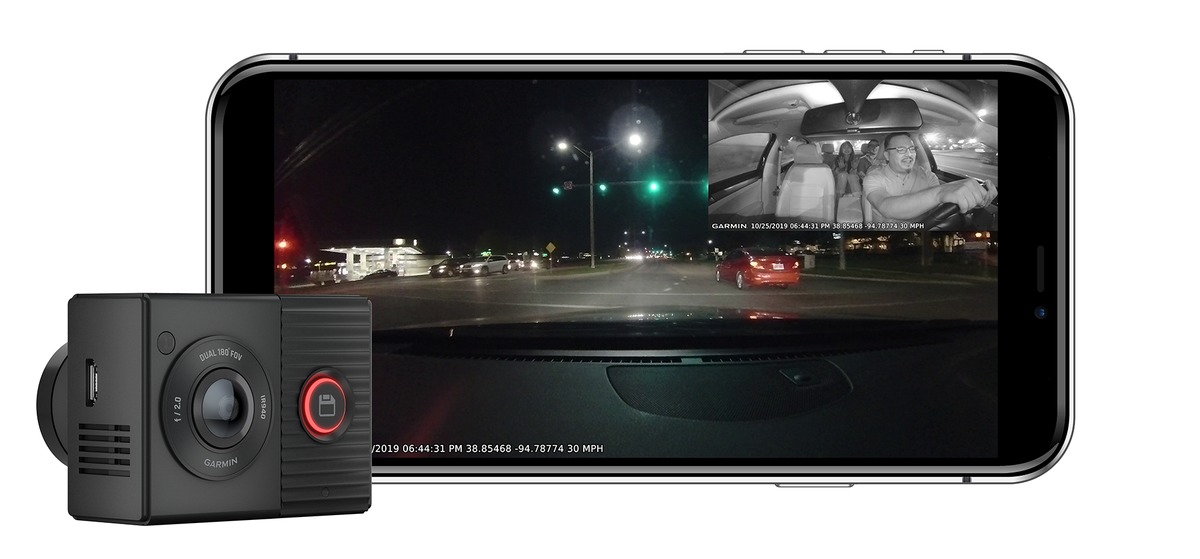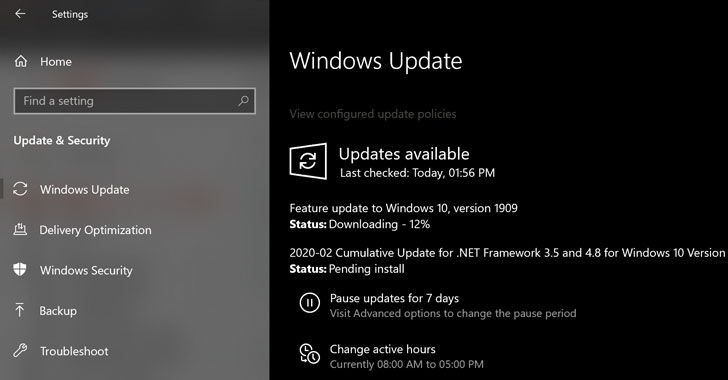With the Dash Cam Tandem, Garmin has finally nailed its dash formula. Along with existing small size, full feature set, clever magnetic mounting system and the improved motion compensation from company’s last generation of front dash cams, you now get an interior camera. Yup, ride-givers who want to document the cockpit goings on while on duty now have a Garmin option. Judging from my hands-on, you should be happy.
Okay, the Tandem isn’t exactly chump change at $300 on Amazon, but hey, the company throws in a 16GB microSD card! Not sold? How about a one-year warranty from a well-known company with support options? Lifespan is an issue in the dash cam market. Still not sold? How about the Tandem being quite arguably best in class? If the Nextbase 422GW didn’t exist, we wouldn’t argue it. You get what you pay for, and with the Tandem that’s a lot.
This review is part of our ongoing roundup of the best dash cams. Go there for information on competing products and how we tested them.
Design and features
I generally prefer a dash cam with a display so I can change settings and view videos without a phone. That’s also the feeling of many of the drivers I talk to. However, my experience with the Dash Cam Tandem went a long way toward changing that mindset.
If Garmin can fit a 180-degree field of view, 1440p front camera (Brillnics BVR0500) and a 180-degree field of view 720p interior camera (Omnivision OV9750) with infrared lighting, plus GPS, into a dash cam measuring just 2.2 x 1.6 x 0.9 inches, and weighing a mere 2.3 ounces—I can work with the phone. Especially if I can use Bluetooth rather than mess around with Wi-Fi to connect, as is the case with most phone-centric dash cams. That may sound like a small thing, but it really made the whole phone deal a lot easier to digest.
To illustrate how little I missed the display: I used the Tandem for two full days without installing the phone app used for configuration and live viewing, and never felt a great need to do so. Having the GPS on board to automatically set the date and time helps, but Garmin also nails the defaults. I never changed anything, though I would probably drop the resolution of the front camera to 1080p eventually to save storage space.
 Garmin
GarminThe Garmin Dash Cam Tandem and the live view using the Drive app.
So why is small so desirable? You can’t hide front/interior cameras behind the rear-view mirror (it will block the interior camera view), so the smaller the dash cam, the less of your view out the window is blocked. Not that other dash cams are particularly large, but the Tandem and all Garmin’s dash cams, as you can see in the image above, are distinctively small.
There’s not a lot to say about all two of the Tandem’s controls. There’s a large multi-color, halo-lit button on the back used to save video (red), pair with Bluetooth (blue), warn of errors (flashing yellow), and show that…
https://www.pcworld.com/article/3514716/garmin-dash-cam-tandem-review.html#tk.rss_all
















